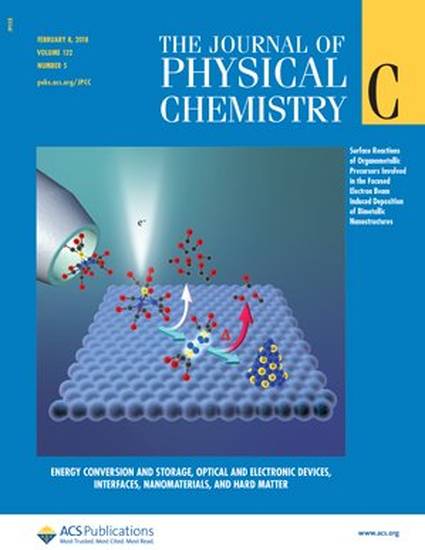
Article
Pathways of Growth of CdSe Nanocrystals from Nucleant (CdSe)34 Cluster
Journal of Physical Chemistry C
(2018)
Abstract
The initial steps in the growth of quantum platelets from the wurtzite-type (CdSe)34 clusters are simulated using density functional theory with the generalized gradient approximation. The nucleant (CdSe)34 cluster has been chosen for simulations because it has experimentally been found to be a magic-size nucleant for the low-temperature growth of CdSe quantum platelets. According to the results of our calculations, the growth is anisotropic and favors the (0001) direction, which is consistent with the experimental findings. We found that growth in other directions lowers the symmetry of the resulting clusters and that the asymmetrical positioning of rhombic defects causes the growing platelet to bend due to the surface strain, which appears to be the limiting factor of growth. An alternative pathway to quantum platelet growth could proceed via the decomposition of (CdSe)34 to (CdSe)13 in electron-donating media, which was found to be thermodynamically favorable. Side product (CdSe)21 generated in this process is capable of growing via hexagonal stacking as well as propagating as a nanotube.
Keywords
- CdSe clusters,
- Density Functional Theory,
- DFT
Disciplines
Publication Date
January 15, 2018
DOI
https://doi.org/10.1021/acs.jpcc.7b12716
Citation Information
Lavrenty G. Gutsev, B. R. Ramachandran and Gennady L Gutsev. "Pathways of Growth of CdSe Nanocrystals from Nucleant (CdSe)34 Cluster" Journal of Physical Chemistry C Vol. 122 Iss. 5 (2018) p. 3168 - 3175 Available at: http://works.bepress.com/ramu-ramachandran/5/
